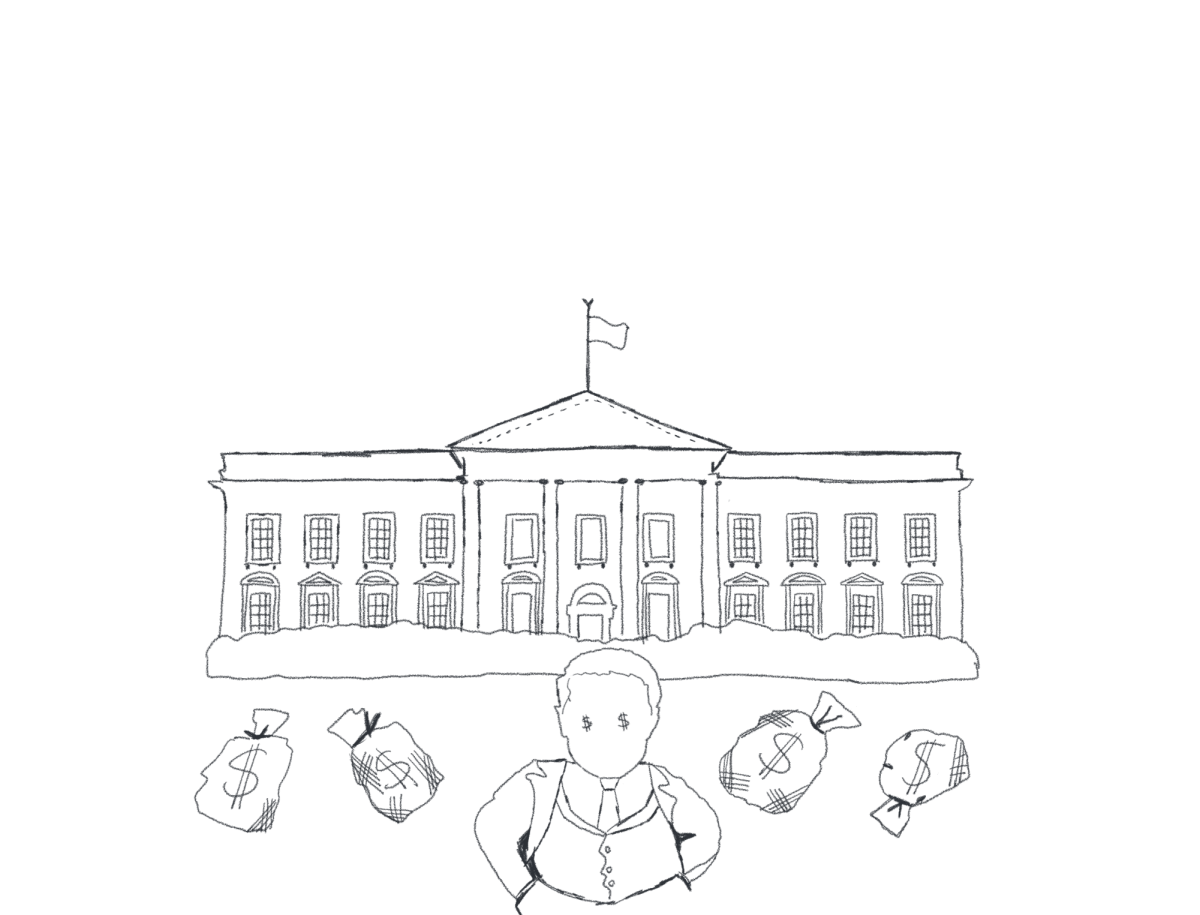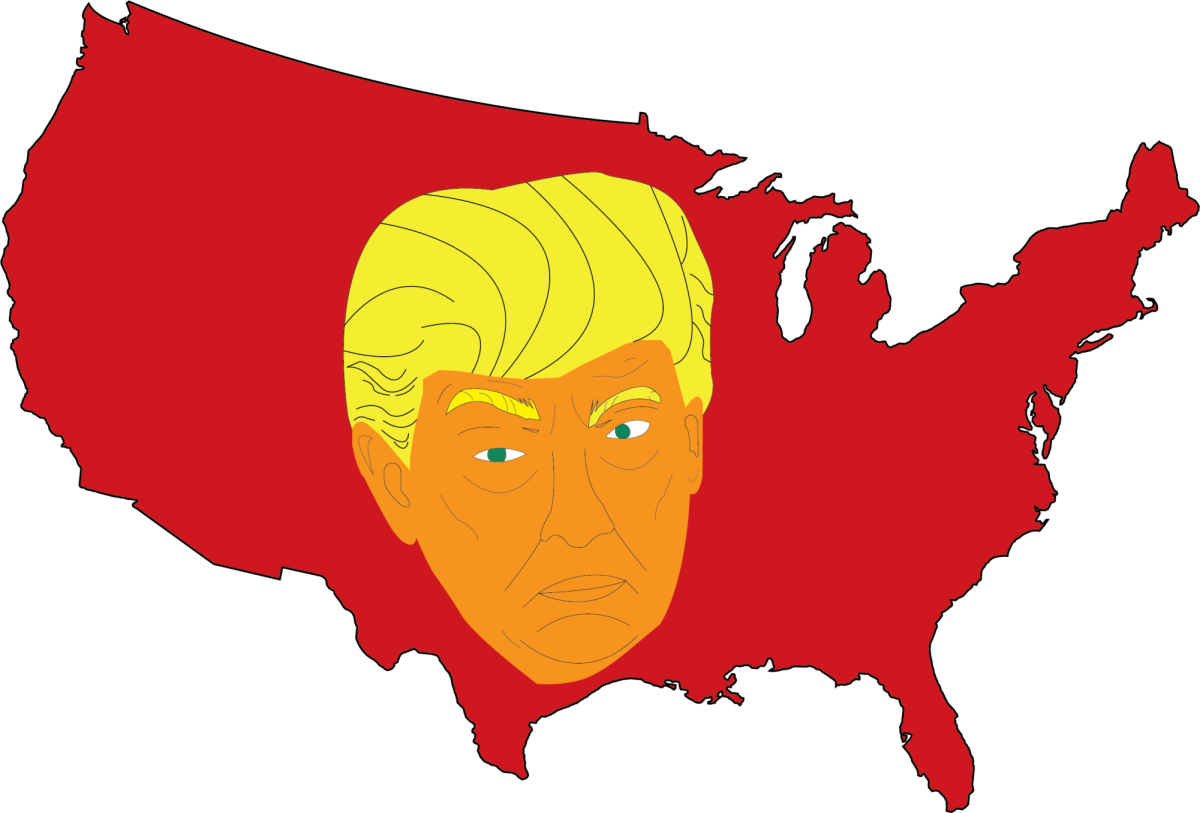
In March 2021, Governor Greg Abbott launched Operation Lone Star, designed to mitigate the large numbers of migrants crossing the border from Mexico to Texas. Part of this plan involved busing thousands of undocumented migrants to large blue cities, such as Los Angeles, Washington D.C., and New York City. Since then, 50,000 migrants from Latin America have been bused out of Texas.
Part of the reasoning behind this plan came from the physical location of blue states in the U.S., according to immigration lawyers. Juan DeKruyff runs the Juan DeKruyff Law Office, an immigration firm in Austin. According to DeKruyff, migrants have been sent to democratic leaning states that typically view immigration in a more positive light.
“[Abbott’s] taking migrants and shipping them to other parts of the country, specifically to states that have liberal policies toward immigration,” DeKruyff said. “He’s not shipping them to North Dakota or South Dakota. He’s shipping them to liberal-leaning states like Massachusetts, California, Illinois, places like that.”
According to DeKruyff, Abbott is using the migrants to his political advantage to dissuade the rest of the country from imposing lax immigration policies. Abbott hopes that pro-immigration states will be negatively affected by an influx of immigrants, thus influencing future policies.
“He’s doing it to try to punish those people for coming out in support of immigrants and their rights,” DeKruyff said. “He’s thinking, “well, if [these states are] for immigration, then we’ll just send all these people over there and they can figure out how to take care of them and help them.”
Tiffany Burrow is the director of operations at Val Verde Border Humanitarian Coalition (VVBHC), which is a short-term respite center that gives traveling migrants a place to rest before they continue on their journey. VVBHC participated in the busing and is located in Del Rio, Texas, a couple of miles from the U.S.-Mexico border.
“When migrants go through border patrol, they must present a sponsor’s address,” Burrow said. “It could be a family, a friend, it could be whatever, and once they are released from border patrol, their final destination has already been determined by the migrants themselves.”
Operation Lone Star has not been without controversy, sparking investigations from the Department of Justice over alleged civil rights violations. Additionally, states receiving migrants without any notice have been struggling to house them, as most of them speak little English and come with no money or personal belongings. Although migrants were arriving through Mexico, the majority were not Mexican and instead were displaced from war-torn and economically struggling countries like Venezuela, El Salvador, and Colombia.
“It’s definitely a strain on the public resources of those communities,” DeKruyff said. “A lot of [migrants] are showing up but they don’t have a place to stay, they don’t have a lot of money. They need social services to be provided to them in order to not end up homeless.”
Concerns about the strains on the communities are not the only ones. According to Burrow, VVBHC is no longer a part of Operation Lone Star, as of October, after internal changes in the program no longer aligned with VVBHC humanitarian efforts.
“For 18 months, there was something called a curfew, meaning that buses had to arrive at their final destination either before 10 p.m. or after 6 a.m.,” Burrow said. “Another what we call NGO (non-governmental organization) or humanitarian group would meet the bus.”
NGOs don’t run all hours of the day, meaning that when the curfew system ended, migrants would be dropped off without anyone to pick them up. According to Burrow, this was especially problematic as temperatures dropped, leaving migrants stranded in the cold and snow.
“Buses are being dropped now at two in the morning, three in the morning, four in the morning, which is a challenge for families that might have children,” Burrow said. “It’s not a good idea to be dropping off families in the middle of the night in some of these major cities because there is nobody there to help them or meet them.”
According to DeKruyff, most of the immigrants coming in are asylum seekers, meaning that they are coming into the United States as refugees and asking for asylum. U.S. law says they must be granted a hearing to determine their eligibility for asylum.
“If [the migrants] were not asking for political asylum, many of them were being sent back to their home countries right away,” DeKruyff said.
Abbott’s plan has elicited criticism from democratic leaders such as New York City Mayor Eric Adams. According to the Wall Street Journal, Adams has called on the federal government to make it easier for migrants to achieve work permits.
“I feel like it’s just a political stunt, honestly, by Greg Abbott to just try to become more popular,” DeKruyff said. “I don’t think he’s really taking into account the immigrants or the communities that he’s sending them to.”
Kate Lincoln-Goldfinch is an immigration lawyer in Austin. She runs the Kate Lincoln-Goldfinch Firm, and in her 15 years of practicing immigration law, has worked with thousands of asylum seekers.
“I’ve seen the way that they typically behave when they get processed into the country and what they do, where they go, who they live with, how they get work permits, and that has all drastically changed and been altered by Abbott’s busing,” Lincoln-Goldfinch said. “He’s taken people out of the natural flow of migration.”
According to DeKruyff, migrants who are bused to other states often get a job after they arrive. Their asylum will be granted or refused, however, either way, they usually overstay their permission and continue living and working in the U.S..
“I think [Abbott] wanted what he’s gotten, which is a bunch of democratic cities around the country feeling the weight of immigrants and beginning to discuss immigration as if it is a problem,” Lincoln-Goldfinch said. “People in the United States can travel freely between the states, [so] as long as these immigrants get on the buses, they can go anywhere they want. I don’t think that, even though Abbott has spent 75 million dollars of Texan taxpayer money on this, he’s getting enough negative blowback that he’s going to stop or slow down.”





